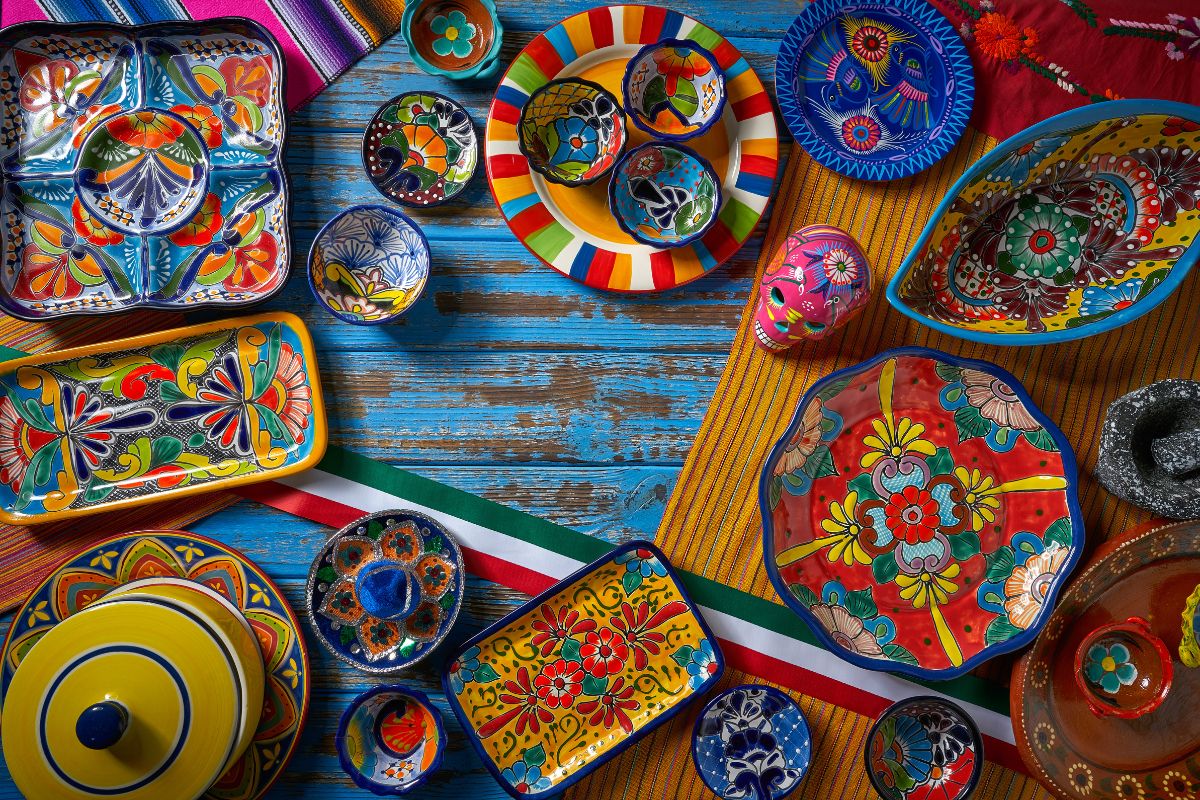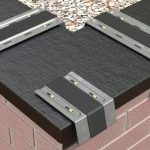In the vast expanse of human history, the art of pottery stands out as a testament to the human spirit’s ability to merge form and function. Pottery is much more than the creation of mere containers or decorative pieces; it’s a rhythmic dance between hands, hearts, and clay, resulting in objects that tell stories across millennia.
Centuries ago, ancient civilizations from every corner of the world unearthed the magic of clay. They found that beneath their very feet lay a pliable, moldable substance that, when exposed to intense heat, transformed into a durable and utilitarian material. This discovery led to a craft that would become deeply intertwined with human evolution, playing essential roles in trade, storage, cooking, and even spiritual rituals.
Interestingly, the art of pottery is as alive today as it ever was. Take for instance the booming Melbourne pottery scene. Here, in the cultural heart of Australia, modern potters combine time-tested techniques with contemporary designs, creating pieces that are both deeply rooted in tradition and resonant with today’s aesthetic sensibilities. This renaissance of pottery in Melbourne exemplifies how traditional crafts can find renewed relevance and passion in the modern world.
To truly appreciate the art of pottery, one must understand the intricate processes behind it:
Sourcing and Preparing the Clay
The foundation of all pottery is the clay. Whether extracted from riverbeds or procured from suppliers, the clay is first cleaned of impurities. This might involve removing stones, plant matter, or other debris. Once cleaned, the clay is ‘wedged’ – a process resembling kneading dough – to ensure even consistency.
Shaping
With prepared clay, the artist begins the shaping process on the potter’s wheel or through hand-building techniques like coiling or slab-building. On the wheel, centrifugal force and gentle hands transform a lump of clay into a vessel. This mesmerizing dance between the potter’s fingers and the malleable clay is where the magic truly happens.
Drying
Once shaped, the piece is left to dry slowly. Rapid drying might lead to cracks. Depending on the size and thickness, this process can take days or even weeks.
Bisque Firing
The dried piece undergoes its first firing in the kiln, reaching temperatures up to 1900°F (1037°C). This process, known as bisque firing, hardens the clay and prepares it for glazing.
Glazing
Post bisque firing, the pottery is ready for glazing. Glazes are mixtures of minerals, including silica, alumina, and colorants, which melt and form a glass-like surface when fired. The artist meticulously applies the glaze, often experimenting with various techniques to achieve desired effects.
Glaze Firing
The glazed pottery is fired again, this time reaching even higher temperatures. The glaze melts, fusing with the clay body, rendering the piece both decorative and functional.
Cooling and Inspection
After firing, the pottery is allowed to cool. Upon reaching room temperature, each piece is inspected for imperfections. If it meets the potter’s standards, it is ready to find its place in the world.
The process highlighted above barely scratches the surface of the vast world of pottery. Techniques, materials, and styles vary immensely across different cultures and epochs. However, at the core of it all lies a universal truth: pottery is a blend of earth, fire, and human imagination.
Pottery is more than an art; it’s a chronicle of human history. From the Grecian urns that narrate epic tales to the simple terracotta pots that grace our windowsills, every piece holds a story. In cities like Melbourne and beyond, modern potters carry this legacy forward, ensuring that the dance of clay continues, unbroken, into the future.










